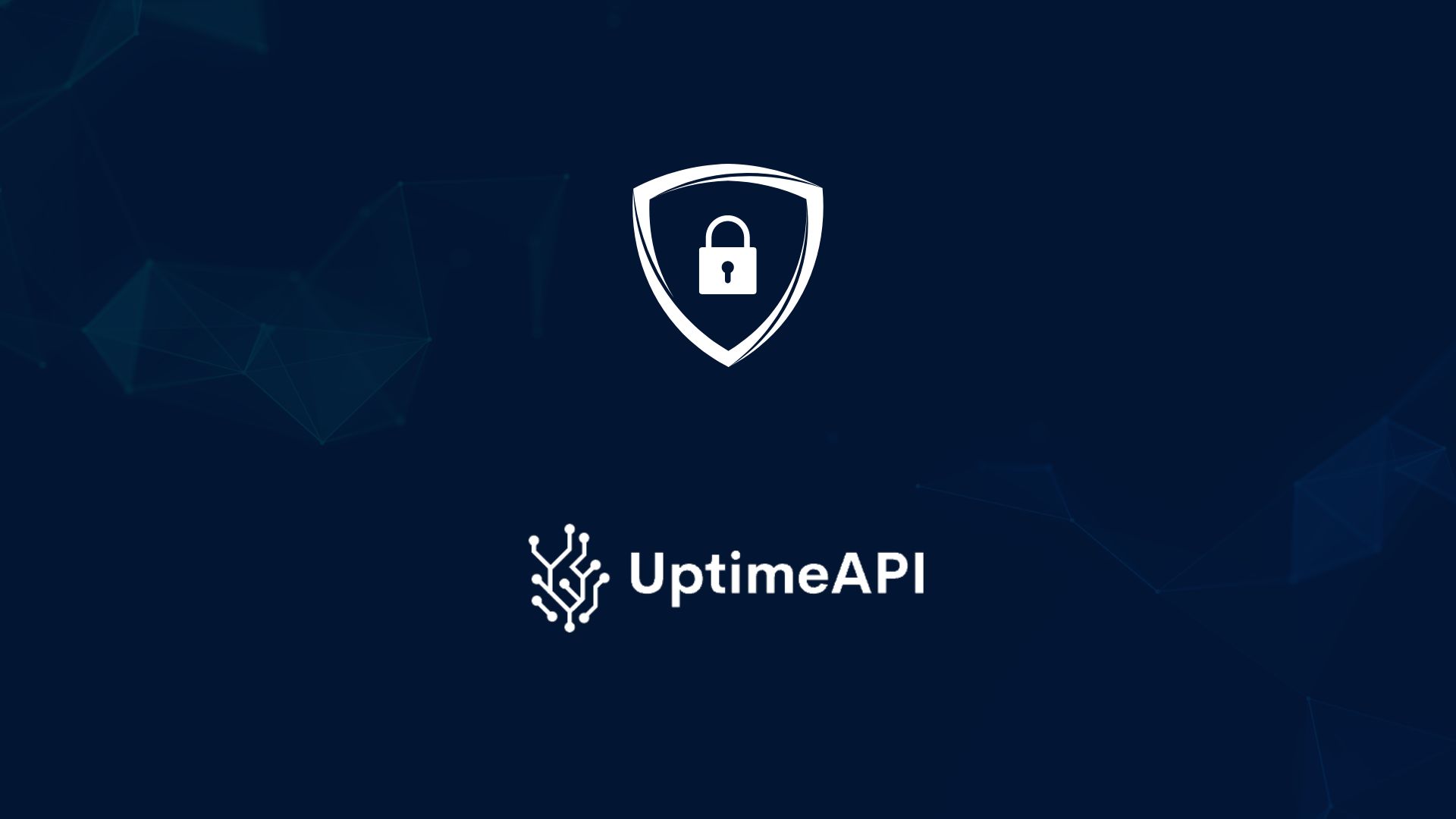API Downtime Alerts Tool To Get Instant Notifications

These days, APIs, or application programming interfaces, are the backbone of modern software design. They enable smooth communication across disparate systems, promoting efficient application interaction and data exchange. APIs are required to integrate third-party services, link cloud-based applications, and activate functionality in mobile apps. They basically act as the glue of the digital ecosystem, facilitating the complex interactions required in today's tech-driven world. Because API Downtime Alerts are so important, updating them is necessary to ensure that the services that depend on them run smoothly.
The Impact of API Downtime Alerts on Business Operations
Serious repercussions may arise from API outages. Downtime can cause disruptions to business operations, which can lead to lost profits and productivity. It might cause e-commerce platforms to halt transactions, which would be bad for sales. Data transfers and transaction verifications are two essential financial industry processes that can be hampered by API interruptions. Thus, the dependability of an API is not just a technology but also a critical business issue. Consistent API performance is necessary to preserve both customer happiness and operational continuity.
Given the significance of APIs, having protocols in place for promptly reporting any vulnerabilities is essential. Notifications regarding sudden API failures are crucial for prompt action to stop problems from getting worse. Real-time notifications enable IT staff to react promptly, reducing the duration and impact of disruptions. A little hiccup or major disruption can be avoided by having an effective API monitoring system in place that can issue quick alerts.
Defining Downtime in the Context of APIs
Any time an API is unavailable or experiences a major decline in performance, it is referred to as downtime in this context. This includes significant error rates, total inaccessibility, and replies that are delayed above reasonable limits. Efficient monitoring of API endpoints aids in the early detection of these problems.
When an API is not responsive to requests or performs at a performance level below what is expected, this is known as API downtime. This can involve total blackouts, sluggish reactions, or processing and retrieval problems in data. Comprehending the subtleties of API outages is essential for efficient oversight and administration. Therefore, API Downtime Alerts are necessary!
API disruptions may have severe financial consequences. For businesses whose transaction processing depends on APIs, every minute of disruption could result in lost revenue. Moreover, fixing the issues and implementing preventative measures could be expensive. Consistent API outages might erode client trust. Customers in today's competitive market seek consistent, dependable services. Events involving outages may lead to negative publicity, decreased sales, and a tarnished reputation for the company. As a result, maintaining strong API uptime metrics is crucial to retaining clients' trust and loyalty.
Uptime API
You can keep an eye on your APIs with Uptime API. It functions by routinely verifying that your APIs are operational and functioning as intended. It's simple to set up monitors. The target API endpoint URL and the ability to modify the watch's timeout and interval settings are required in order to set up monitors. Monitoring intervals indicate how frequently an API will do health checks, whereas timeouts indicate how long an API will wait for a response. With these settings, you may tailor monitoring to your requirements and tastes.
You may create alerts and select which contacts should get notifications directly from your API dashboard. This way, you may then update your team. Thanks to its many changeable settings and monitor restrictions, you can choose the package that best meets your monitoring needs. It also provides historical data and analytics so you can track changes in API performance and availability over time. Get access to your logs so you can look into any issues with the API.
Examine historical performance trends and make decisions based on the facts. You may customize alerts to meet your needs and prevent pointless disruptions. monitoring of APIs in real time with instant information. Choose the alert dissemination option that best meets your needs, such as email notifications, SMS, or webhooks.
